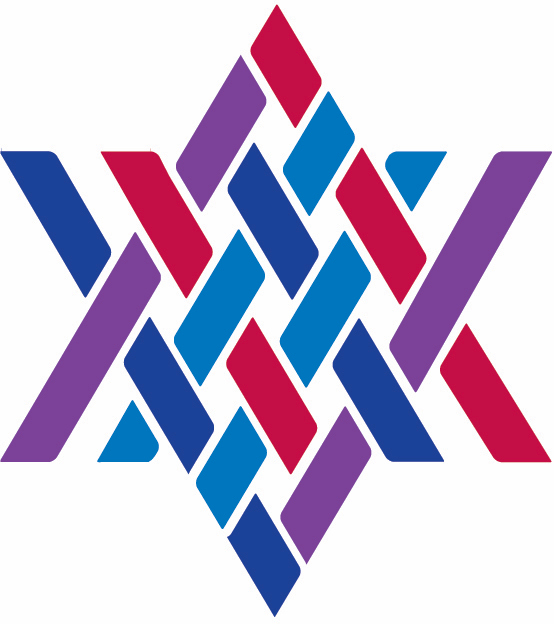Parashat Pekudei – 5785
Both Sides Now
A D’var Torah for Parashat Pekudei
By Cantor Robin Anne Joseph
Let’s look at clouds. From all sides now. Shall we?
Clouds are—what? The presence of God? A cover for God? A signal from God? In Parashat Pekudei, they are D) All of the above. And then some.
One cloud in particular makes a brief, but spectacular, cameo appearance as the curtain comes down on the second “act” (Book) of the Five Books of Moses. Not just any cloud, not just a cloud, but The Cloud (הֶעָנָ֖ן). As much a supporting actor in the Torah as anyone (or anything) else, I’m continually surprised not to see the word “cloud” capitalized in the English translation whenever the article “the” precedes it.
This is not the first time that The Cloud has made an appearance in the Torah.
As early as in the Book of Genesis, when God makes a covenant, a Brit, with Noah to never again destroy the earth by flood, God sets God’s “bow in the cloud.” Read More >

